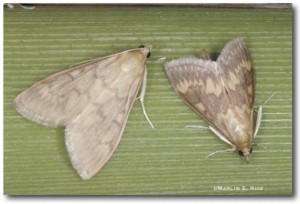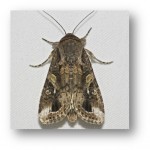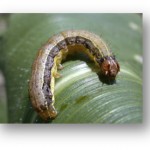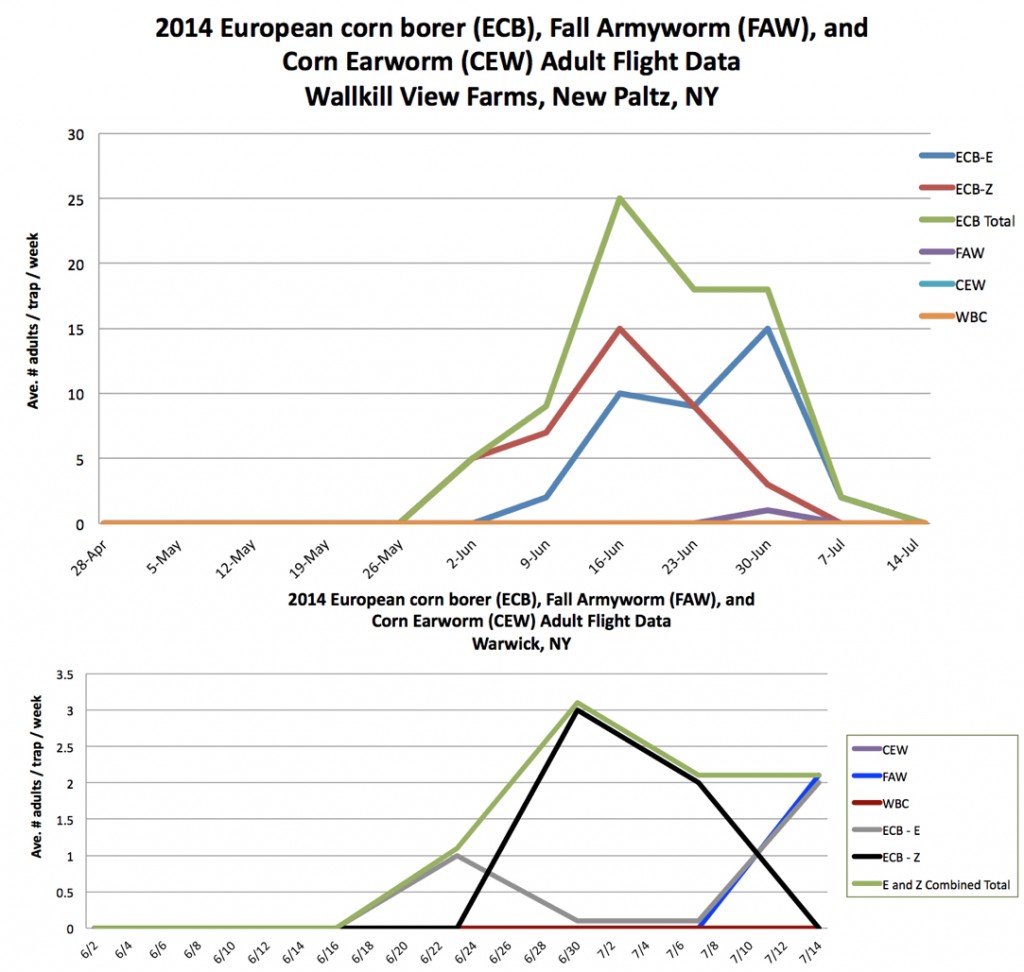Full Sweet Corn Report, July 15th, 2014

Heavy rainfall over the past two weeks, with 6.7” of rainfall during the first half of July, likely had some impact on flight patterns and distribution of the lepidopteran complex in sweet corn.
There were no European corn borer (ECB), Corn earworm (CEW), Fall armyworm (FAW) or Western Bean Cutworm (WBC) adults caught in any of our traps in New Paltz this past week. In Warwick, two ECB and two FAW adults were found in traps. In the Hudson Valley, the E-strain of ECB has been increasing over the past three weeks. The second generation of ECB-E strain will begin to emerge this week (@ 1400 modified base 50 degree days). We are at approximately 1402 DDBE in Highland, NY, with the onset of 2nd ECB generation moths predicted to occur after the 15th of July with egg hatch beginning 1550 DDBE or 23 July.

Though CEW adults have yet to be observed in our traps in New Paltz or Warwick, yet, this does not necessarily mean that they are not here. FAW adults have been observed in both locations.

Field scouting: Check plants in a V or X pattern across the field in groups of 10. Avoid checking only field edges, and start at random, not only where you can see damage. A plant is infested if at least one caterpillar is found. Sometimes feeding damage is old and no larvae are found; this usually means that the larvae have left the plants to pupate in the soil.
Whorl and tassel stage: Typical examples of ECB feeding damage in the whorl stage are straight line pinholes as well as “window pane” damage. CEW and FAW larvae will leave ragged feeding holes in the leaves with large dark frass pellets (see photo below). ECB feeding on the tassel is usually accompanied by white or light brown frass the size of fine sand.
Silk Stage: When scouting silk stage, look for signs of larvae feeding and frass on the silk, around the ear, and in between the ear and the stalk. Pull the ear just slightly away from the stalk to look for signs of feeding or entry. Egg masses can be found in the ear zone area on the underside of the leaves, the flag leaves on the ear, and on the husk. ECB egg masses are white when first laid and then turn cream colored after a few days. The ECB egg mass will develop “black heads” just before the larvae hatch. FAW egg masses will be covered with gray scales and have the appearance of a small (about ¼”) piece of lint. CEW adults lay their eggs individually on the silk and are very difficult spot. Using the CEW pheromone trap chart below will help in determining the spray schedule.

